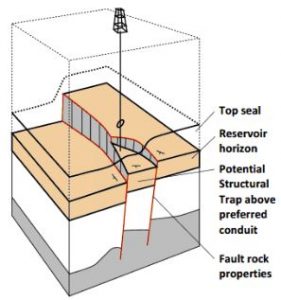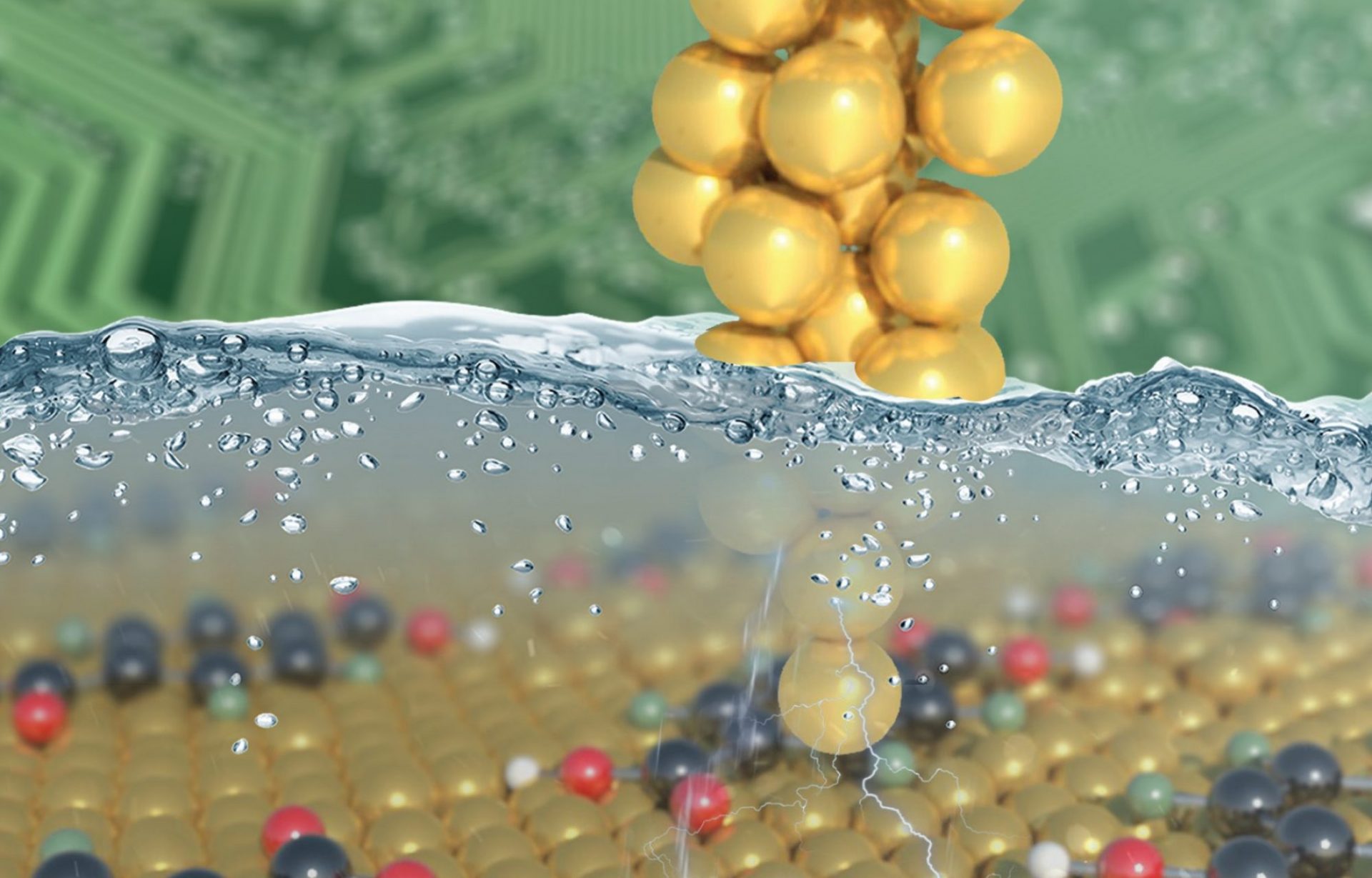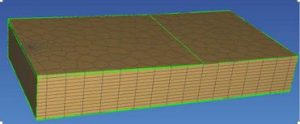Research Overview

The future availability of energy resources depends on improved detection of resources and the completeness (efficiency) of recovering the resources. For hydrocarbon resources, typical recovery efficiency can range from just a few percents to ~70%. Thus, vast energy resources are left behind by conventional extraction techniques. To supply the growing world population will require technology that improves our recovery of energy resources.
Faculty Research
Davatzes Group focuses on mapping and modeling the mechanical interaction among slipping fault segments to understand variation in damage that channels and traps hydrocarbons. As well as understanding the dependence of mechanical and hydrologic properties on mineralogy resulting from the interaction of deformation and chemical alteration.
Technical Capabilities
– Geologic mapping of fault geometry, fault zone architecture, and fracture patterns
– Geomechanical analysis including the characterization of natural fracture populations and in situ stress
– Laboratory characterization natural fractures including alteration mineralogy, healing history, porosity (including 3D porosity mapping with high-resolution X-Ray-CT)
– Numerical modeling of stress field variation and fracture formation and slip prediction
– Time series analysis of pumping, seismicity, and deformation records
– Statistical characterization of fracture and stress heterogeneity
Recent Publications
1. A Modeling Study of Air Migration from a Drilling Well to the Surrounding Aquifer in Appalachia.
X.Geng, N. C. Davatzes, M. C. Boufadel, and D. J. Soeder
World Environmental and Water Resources Congress 2013: Showcasing the Future ![]()

